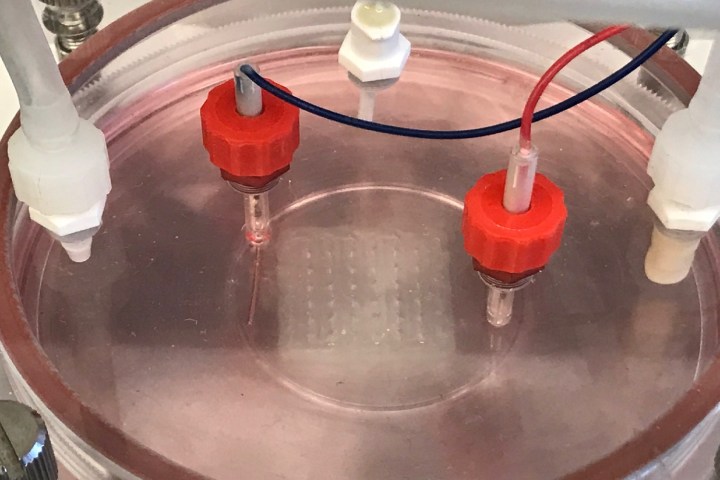
Long term, the goal of 3D bioprinting is to be able to 3D print fully functioning organs which can be used to replace the failing biological organs of humans in need of a transplant. That may still be years off, but Chicago-based biotech startup Biolife4D this week announced a major new milestone: Its ability to bioprint human cardiac tissue.
The scientific landmark followed shortly after the company opened a new research facility in Houston. It involved the printing of a human cardiac patch, containing multiple cell types which make up the human heart. It could one day be used to help treat patients who have suffered acute heart failure in order to restore lost myocardial contractility, the ability of the heart to generate force for pumping blood around the body.
“The cardiac patch that we printed demonstrated two major advancements,” Steven Morris, CEO of Biolife4D, told Digital Trends. “First, it demonstrated Biolife4D’s ability to take a patient’s own blood cells, reprogram them back into stem cells, reprogram them again to make the different type of cells which we need to 3D bioengineer our human heart viable for transplant, and then successfully 3D bioprint with those cells to make living human heart tissue. Second, this is the first time that a cardiac patch was 3D bioprinted that contains multiple cell types of which the human heart is made, and includes preliminary vascularization — all of which are needed to make a functional patch and to keep it alive after the bioprinting process.”
Given the potential life-saving ability of this technology, Biolife4D is far from alone in working toward this bioprinting goal. However, Morris noted that, while other companies have previously made similar patches, none have included each of the cell types which make up the heart, along with the vascularization needed to allow the body to nourish the cells and remove their waste products. “You can think of it like this is the first time all of the proper ingredients were used to properly make the recipe,” he continued.
Going forward, Biolife4D hopes to continue developing the patch in order to start preclinical testing in around six months. They will also continue with the broader project of printing a functioning human-scale heart by focusing on 3D bioprinting other components, such as valves, blood vessels, and a working mini-heart.


